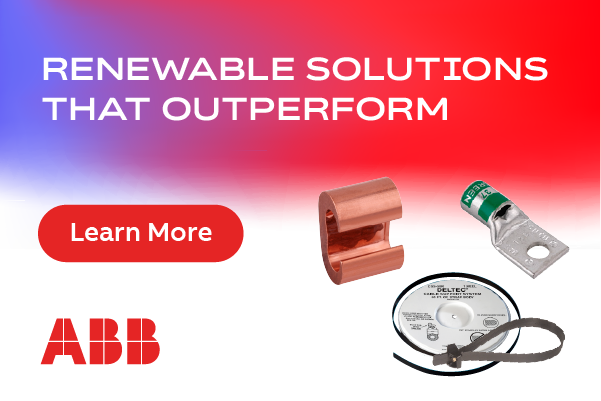Upping the ROI for Commercial Solar
As commercial PV systems continue to mature, they’re being viewed as long-term investments that need to be closely managed to improve their ROI and bottom line. The two main ways to improve the ROI of a commercial PV system is to increase energy production (and therefore annual revenue), and decrease lifetime costs. Let’s take a deeper look at how this can be done in commercial PV installations.
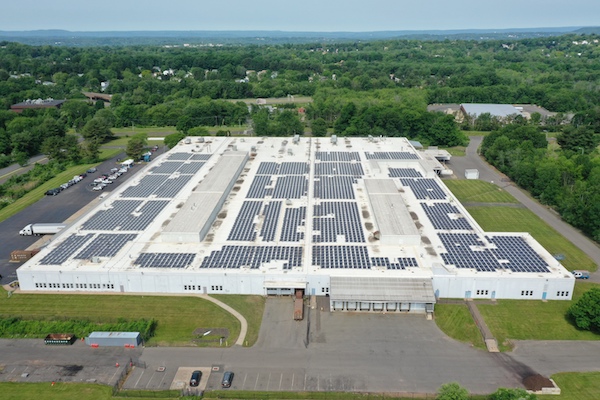
A common method for assessing efficiency is performance ratio (PR). The PR measures the difference between the actual and estimated potential energy output of a commercial PV system. The measurement is the percentage of energy produced by the system out of the potential energy as calculated by measurement of irradiance and temperature. Operation and maintenance (O&M) helps bring the actual output closer to the theoretical potential output of the system.
Increasing energy production starts during the design and planning process. When analyzing the different PV options available, plant designers and asset owners should select a system based on its ability to place more solar modules on the array (roof-top or ground mounted). Many standard systems will reduce the number of modules that can be placed on the array due to design limitations. By selecting a system designed to overcome these obstacles by allowing more modules in the system, a commercial PV system becomes more profitable from day one.
Another key way to improve the PR of a commercial system is to minimize power losses due to module mismatch. Future proofing commercial systems involves implementing technology that mitigates mismatch and aging losses. It must also protect against unpredictable environmental changes (new obstructions like antennas, growing trees, etc.), and factors such as soiling, uneven surfaces, irregular irradiance, and self-shading under bifacial modules. By optimizing the DC power production per module, module-level power electronics (MLPE) helps to minimize energy losses to only the affected modules, versus impacting the entire string. However, no matter how much future losses can be diminished, the likelihood is that there will be defective modules that will need to be replaced, even with high quality modules. If a system uses technology that can allow replacement using any module available in the market, costs can be further decreased.
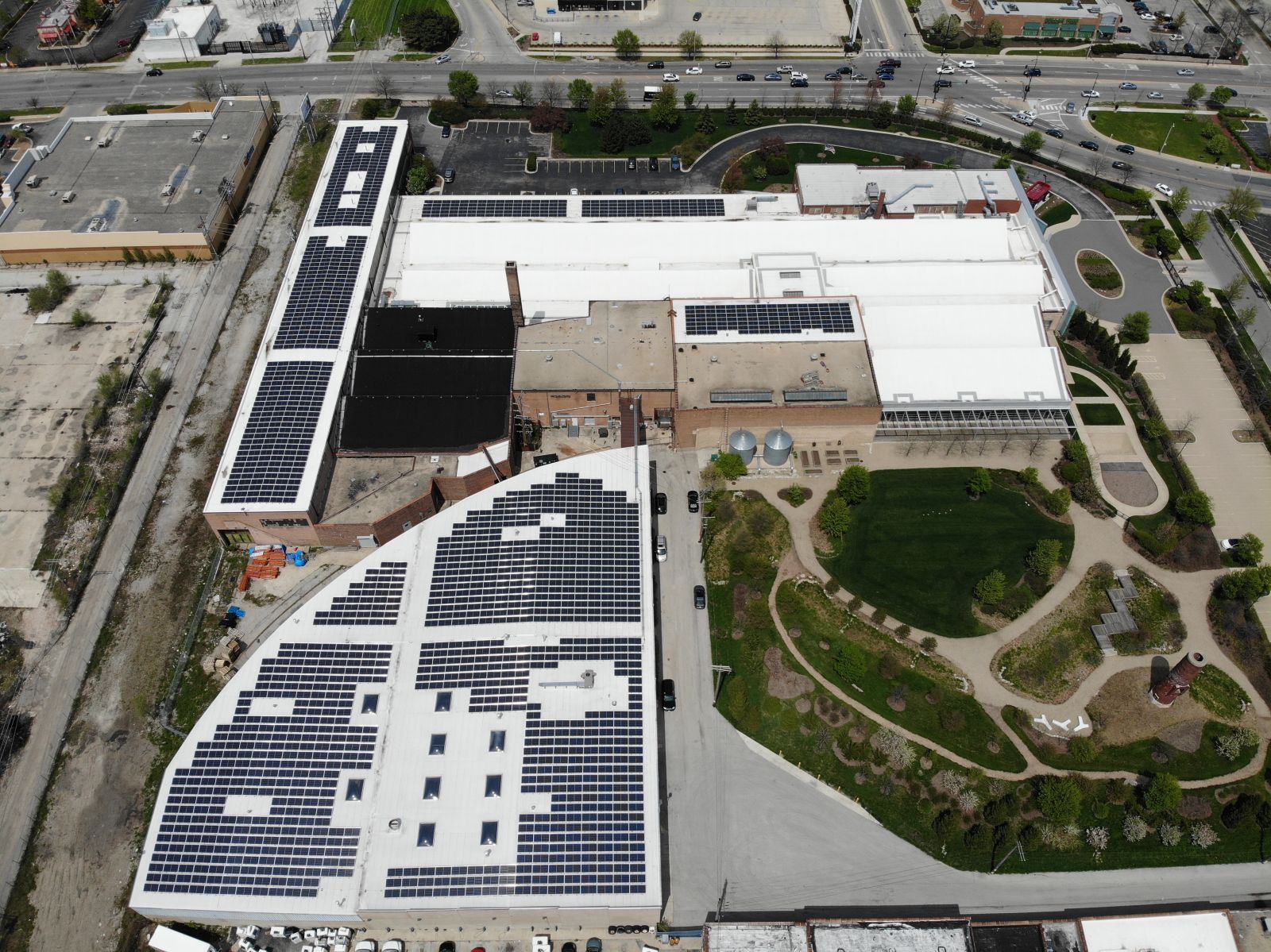
At the O&M level, providing a fast response to any sources that cause decreased production is another important factor in improving system uptime. O&M can be a very costly endeavor with slow response times. The advent of module-level, cloud-based monitoring systems that allow automatic alerts, real-time detection, and remote troubleshooting, has made the process as simple as a few clicks in an air-conditioned office. Instead of O&M being a labor-intensive process of searching for “a needle in a haystack”, asset management teams can choose systems that provide targeted information so that the field crew knows exactly where the issue is before they go to the field. This not only increases system uptime, it also improves the efficiency of O&M — potentially decreasing costs.
Another factor is to differentiate between two different types of O&M activities: preventative versus corrective. Preventative maintenance is intended to maintain the PV system at its highest working condition, while limiting system downtime. This usually requires an annual site visit to thoroughly evaluate the components of the PV system and check the system health. Standard systems that require each module to be inspected to confirm they are properly working is a particularly burdensome, costly, and inefficient procedure. Even if the site is using drones for inspection, the process can expose maintenance personnel to unsafe conditions such as high voltages, heights, and even wild animals.
During preventative maintenance activity, maintenance personnel often uncover latent problems that have caused decreased energy production for an extended amount of time. This would call for corrective maintenance to be performed. Corrective maintenance is conducted after an issue has been discovered, and includes the actual repair process.
However, there is an optional maintenance style – selective maintenance. With the use of advanced monitoring systems, particularly module-level monitoring, the asset manager is able to receive alerts to system issues, which reduces trips to the site and the time spent there. This type of monitoring enables O&M service providers to perform site analysis for the AC and DC systems of the plant, only dispatching field personnel when it makes sense. For example, if a module has a failed diode, an automatic alert will notify the O&M provider. The module can be easily identified, and a screenshot provided to the module manufacturer for a warranty claim. This means that, during the next site visit, the O&M provider can take a module to replace the failed one, saving a field trip, and positively impacting the O&M budget. This type of monitoring requires MLPE that is typically not offered by third-party services. Additionally, any type of third-party monitoring service will add costs, negatively impacting the system ROI.
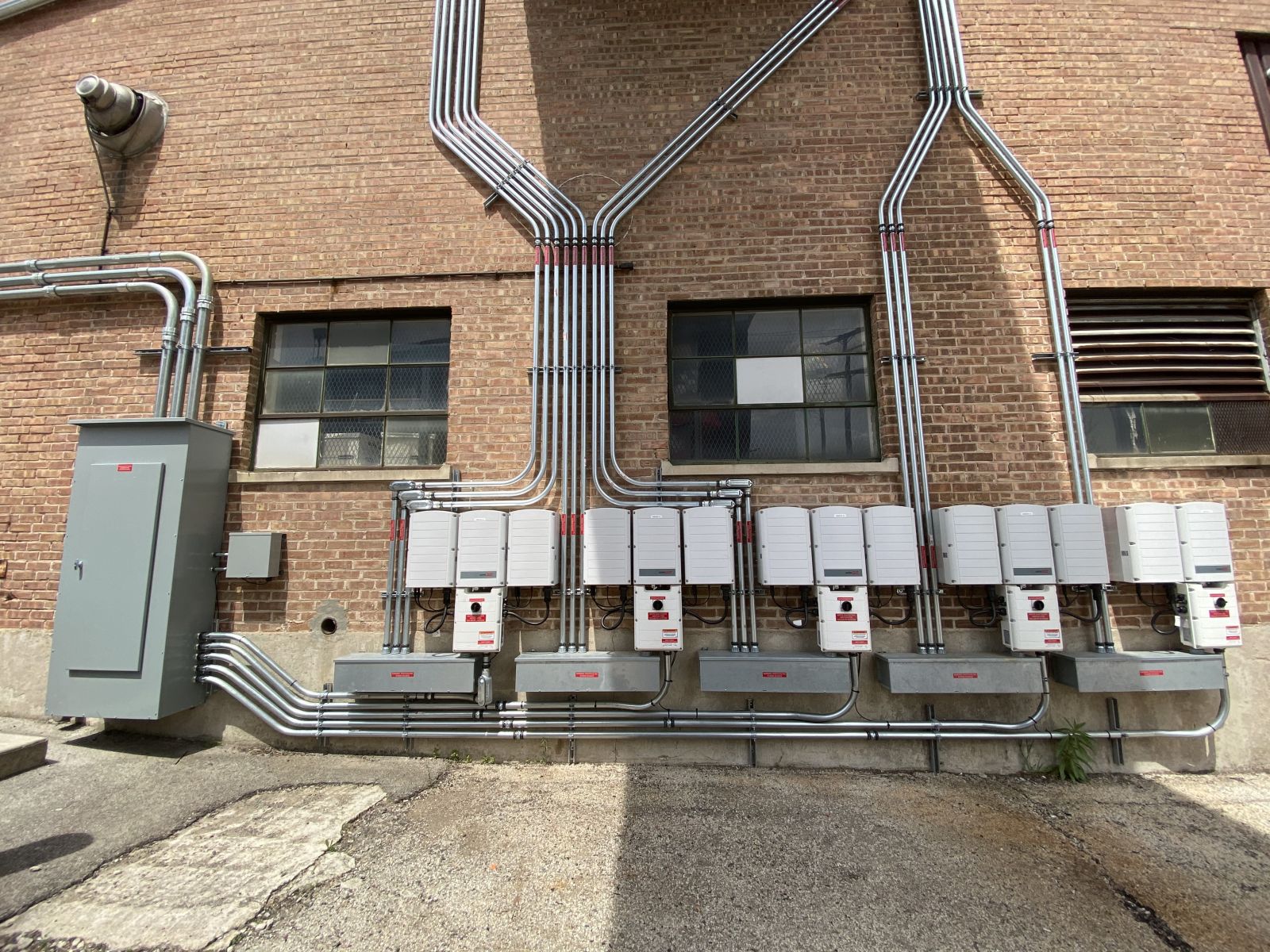
The optimization of revenue and costs directly relates back to the original inverter selection. In recent years, the inverter selection became renowned for its influence on BoS costs. More recently, it has been directly associated with system production and O&M expenses; this is because the inverter manages 100 percent of system production, and can control O&M expenses. A DC-optimized inverter solution that includes cloud-based, module-level monitoring, for example, would eliminate a CAPEX cost. It would also reduce ongoing maintenance costs that, in turn, increases system uptime. By taking advantage of selective maintenance, the plant O&M requires less time onsite and fewer trips.
All of these factors indicate that inverter selection is increasingly important for the ongoing health and production of a PV system. As the competition heats up for which inverter can best improve the PR of a system, remember that every step saved will add value. Remember, when planning a large investment like a PV system, it is crucial to understand how inverters can increase system revenue and decrease costs throughout the system lifetime.
 Kleber Facchini is Director of Product Management, Commercial & Industrial for SolarEdge Technologies.
Kleber Facchini is Director of Product Management, Commercial & Industrial for SolarEdge Technologies.
SolarEdge | www.solaredge.com
Author: Kleber Facchini
Volume: 2023 July/August









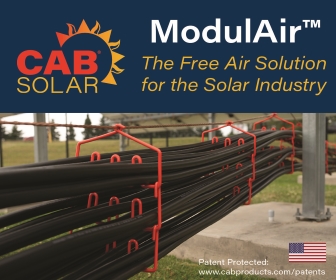
.png?r=4070)

